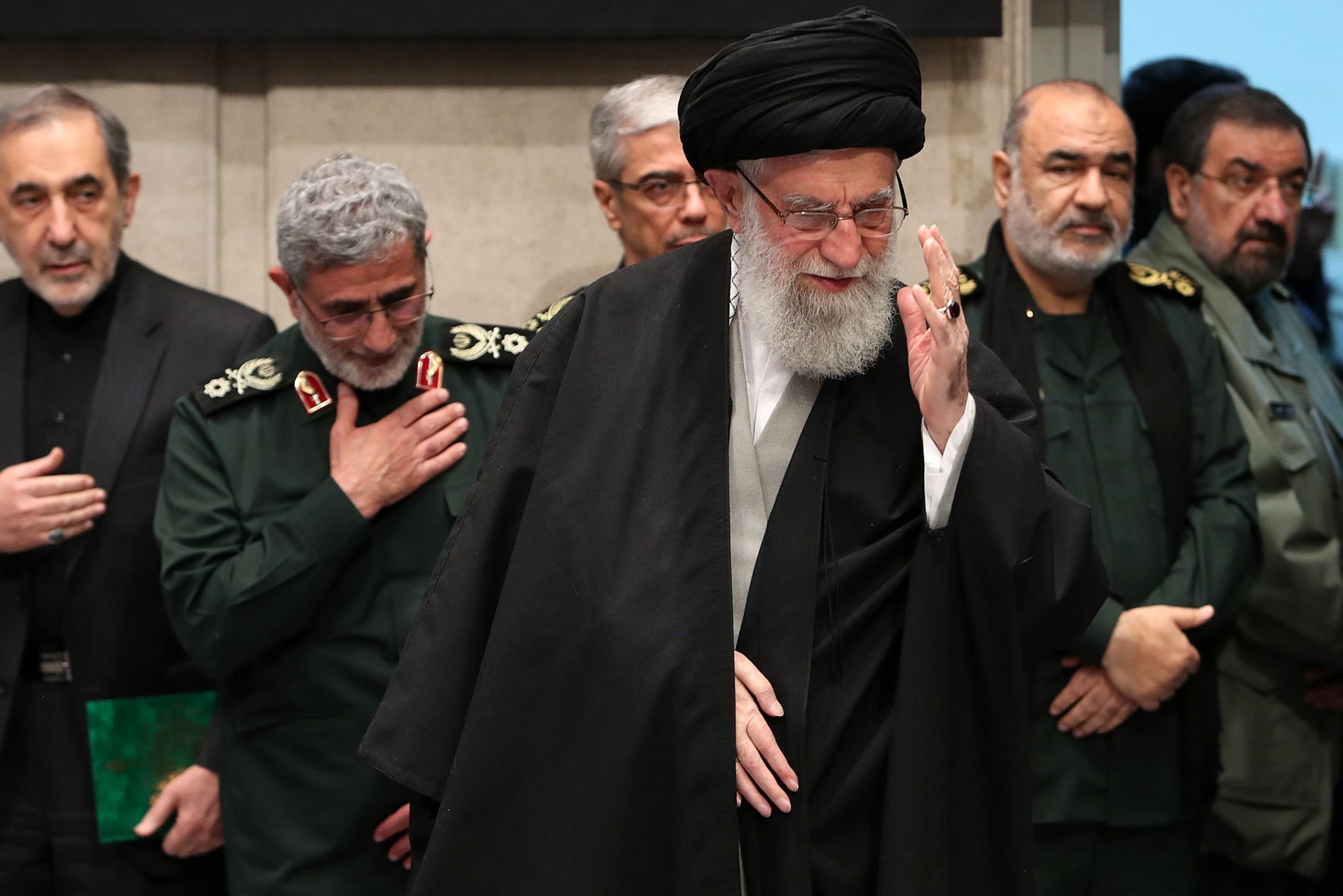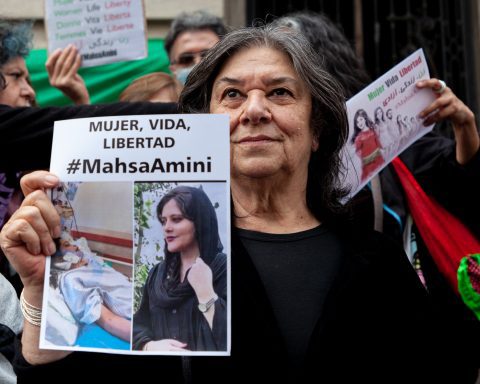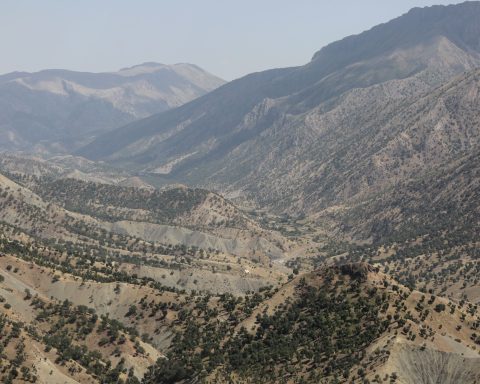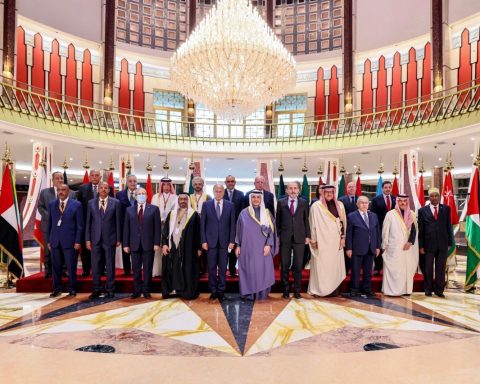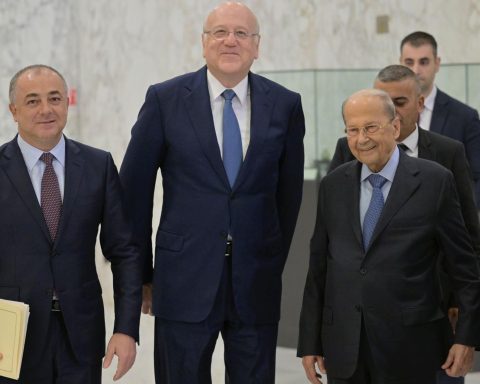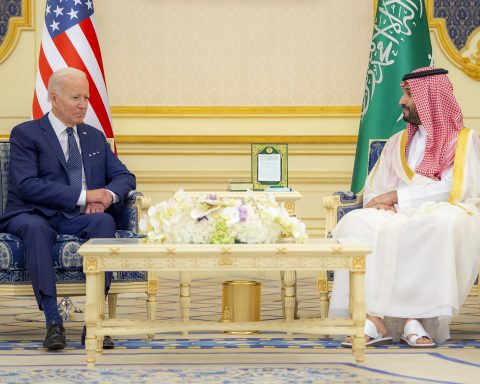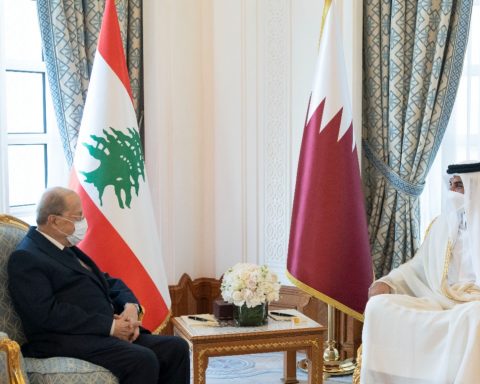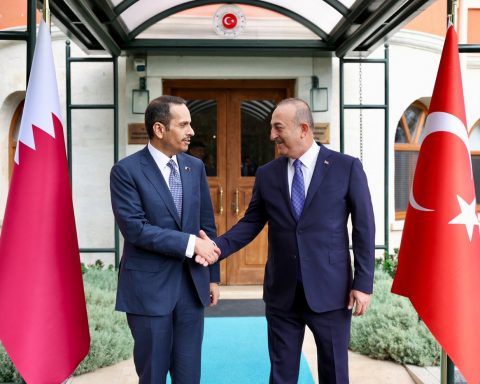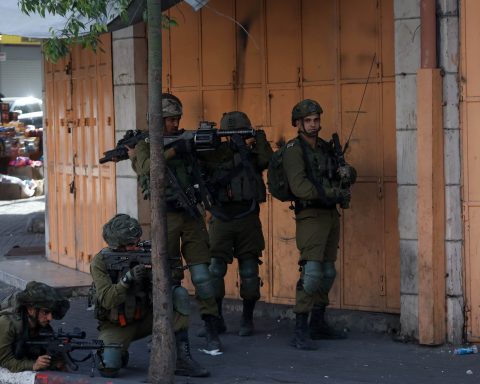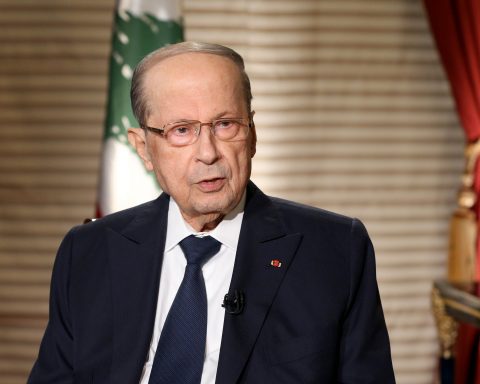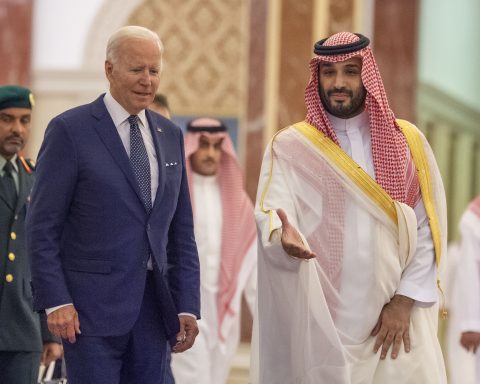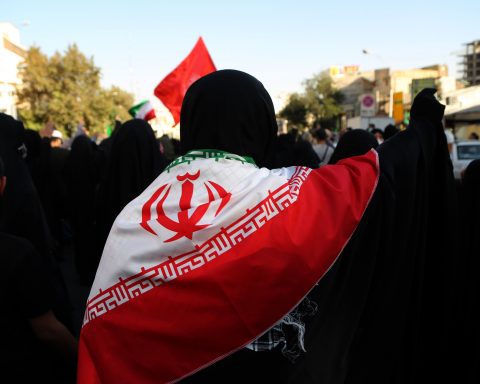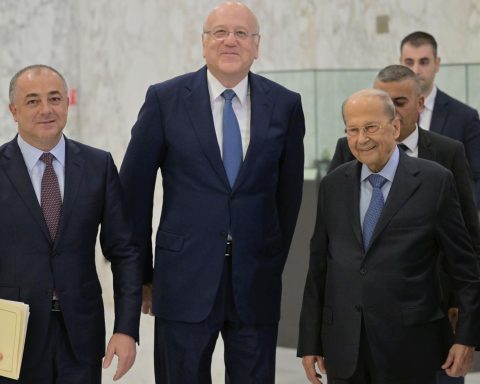Syria has experienced many foreign interventions in recent years. The extent of intervention varies from country to country, depending on the international and political interests involved in the intervention.
At the beginning of the Syrian conflict, some countries’ interventions were limited to the military and security spheres, while other countries’ interventions went beyond the military and security spheres and extended to the cultural, economic, and political spheres, and even intervened in the structure of Syrian society, such as Iran’s intervention in Syria. This tactic by Iran was not a new set of tools created especially for Syria, as those sets of soft power tools or tactics were used by Iran in other countries such as Iraq and Lebanon.
However, even before the Syrian conflict, Iran managed to influence the Syrian community using its soft power tools. In the past, Iranian intervention in Syria during the era of Hafez al-Assad was somewhat limited by simple cultural activities such as charity clubs and the introduction of the Shia curriculum in some Sharia schools in Damascus, but the cultural expansion during the era of Bashar al-Assad was ten times greater than the Iranian cultural expansion during the era of his father. This is due to the weakness of Bashar al-Assad’s personality and politics compared to his father.
How Iran began using soft power tools in Syria and how they improved it
Iran has worked to implement the strategy of local actors used by Qassem Soleimani in Syria and even in various Arab countries, where the establishment of local militias to serve Iran and Iranian interests was less costly and loss-making, and it was difficult to be targeted by other actors because some of them were in hiding and their dependence on Iran and also by it, was not exposed. Iranian doctrines, ideas, and goals are made public. Iran worked to establish these militias in all the Syrian governorates it could control.
One of the reasons that helped Iran in its efforts is the poor economic situation, high unemployment, and lack of job opportunities in the almost completely destroyed areas. One of the methods that Iran used was the charity associations that spread in these areas and through which Iran was able to influence and attract the community in these areas, as well as the Husseiniyas and the seminaries that were established in a very short period of time. The gentleness that an Iranian used in Deir ez-Zor in connection with Iran’s military and security advance was evident in both the educational and religious sectors, as Iran used its local arms to carry out many projects in the educational and religious sectors, of which the following are the most famous:
- The first Shiite school in Syria was officially opened in 2014 by a presidential decree. The school was located in the city of Jableh and was named “The Greatest Sharia of Jafari School,” and the admission requirements for this school were eased.
On the other hand, 40 Shiite schools preceded this school, but not in an official way. After 2015, the regime officially recognized ten Shiite secondary schools in Damascus, Deir ez-Zor, Latakia, and Aleppo and appointed Abdullah al-Zahir as their overseer.
- Iran has also opened branches of affiliated universities such as al-Mustafa University and al-Farabi University. Dean of Hama University, Muhammad Ziyad Sultan, said in 2018 after his visit to Iran that an agreement was reached with three Iranian universities, namely al-Firdaws University, Prince Kabir University, and al-Zahra University for Girls, and as a result, Islamic Azad and the University of Islamic Teachings were opened.
- Branches for teaching Persian were opened in Damascus, Tishreen, and Euphrates University, and the Revolutionary Guards established the first Iranian Cultural Centre in Deir ez-Zor in 2018 to spread and consolidate Iranian thought and ideology.
- Iran has established many seminaries whose aim is to spread knowledge and gather students who want to learn, but their main mission is to spread Shiite thought, spread the ideology of belonging, and participate in the creation of local militias to be used to achieve the goals of Iranian politics.
- Iran has revived the ceremony of visiting Shia shrines, especially in Damascus, with Sayeda Zeinab disagreeing over their shrine. Some Shiite scholars claim that she was buried in Medina, and the other part claims that she was buried in Damascus, as well as the shrine of Lady Ruqayya, whose shrine they believe is located next to the Umayyad Mosque in Damascus.
- Iran started building Husseiniyas in each of the governorates it controls, such as Deir ez-Zor, Homs, and the outskirts of Damascus, the outskirts of Idlib, and even on the Syrian coast. It is estimated that the number of Husseiniyas in Syria has reached nearly 500, including one academic seminary, with the support of Shia clerics and money owners in the Arabian Gulf.
Eliminating Iran’s soft power tools will not be an international priority
At the level of dealing with eliminating Iran’s soft power tools in Syria, there was no international or regional interest even before 2011, although its threats were obvious in other countries such as Iraq and Lebanon. Iran’s military influence and presence is temporary and may not remain in Syria for long, but the effects of its soft tools/power may remain for an unknown period of time.
Iran’s soft power tools and influence in Iraq, Syria, and Lebanon pose the greatest danger to the Gulf states because the majority of them are Sunnis, and that is mainly because of including Syria, along with Lebanon and Iraq, in the Shia axis, which Iran has been seeking to implement for a long time.
Due to Iranian soft power, implementation in Syria of the old known balance between the Sunni and Shiite sects in the region will be affected negatively within a short period of time, and the Iraqi scenario will be repeated in Syria.
Israel and the international community have not shown much interest in Iranian soft power, and their main goal focuses on not allowing Iran to create an entity comparable to Hezbollah on Israel’s border with Syria.
Overall, the neighboring countries have not yet realized the extent of the danger posed by Iranian soft power and what is in store for them in the near future. None of the regional countries, including the international ones, has taken any action to prevent the Iranian activities against the Syrian people from changing demographically and ideologically. This change may cause a great imbalance in the demography in the region, and even at the regional level; it may cause a great difference in terms of sectarian balance in the region. At the international level, the military aspect is the most important and dangerous for them. For this reason, there have been international military attacks on Iranian military bases and the militias associated with them.

